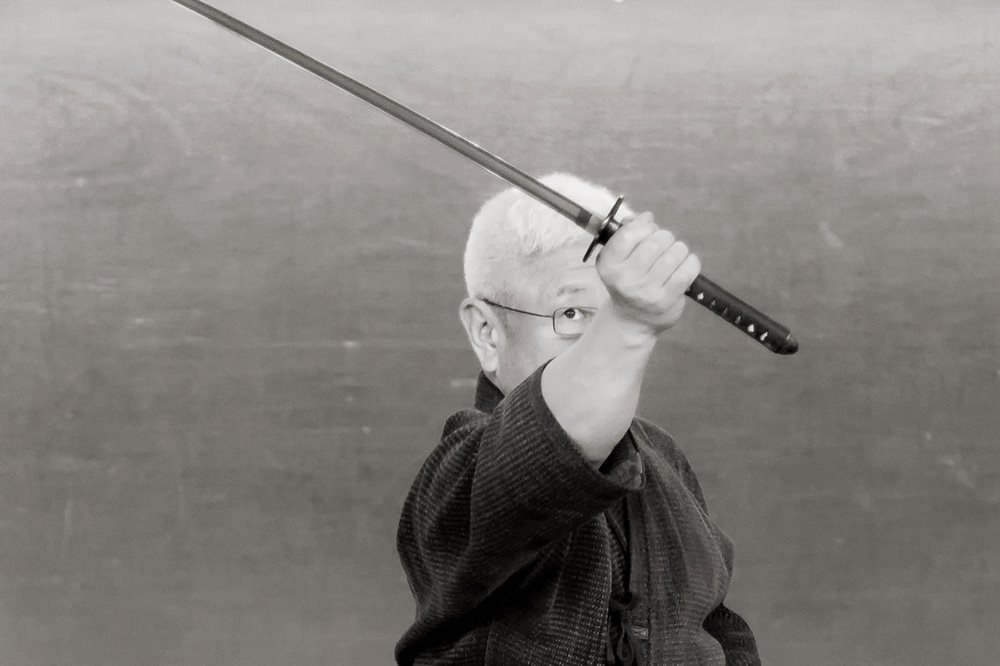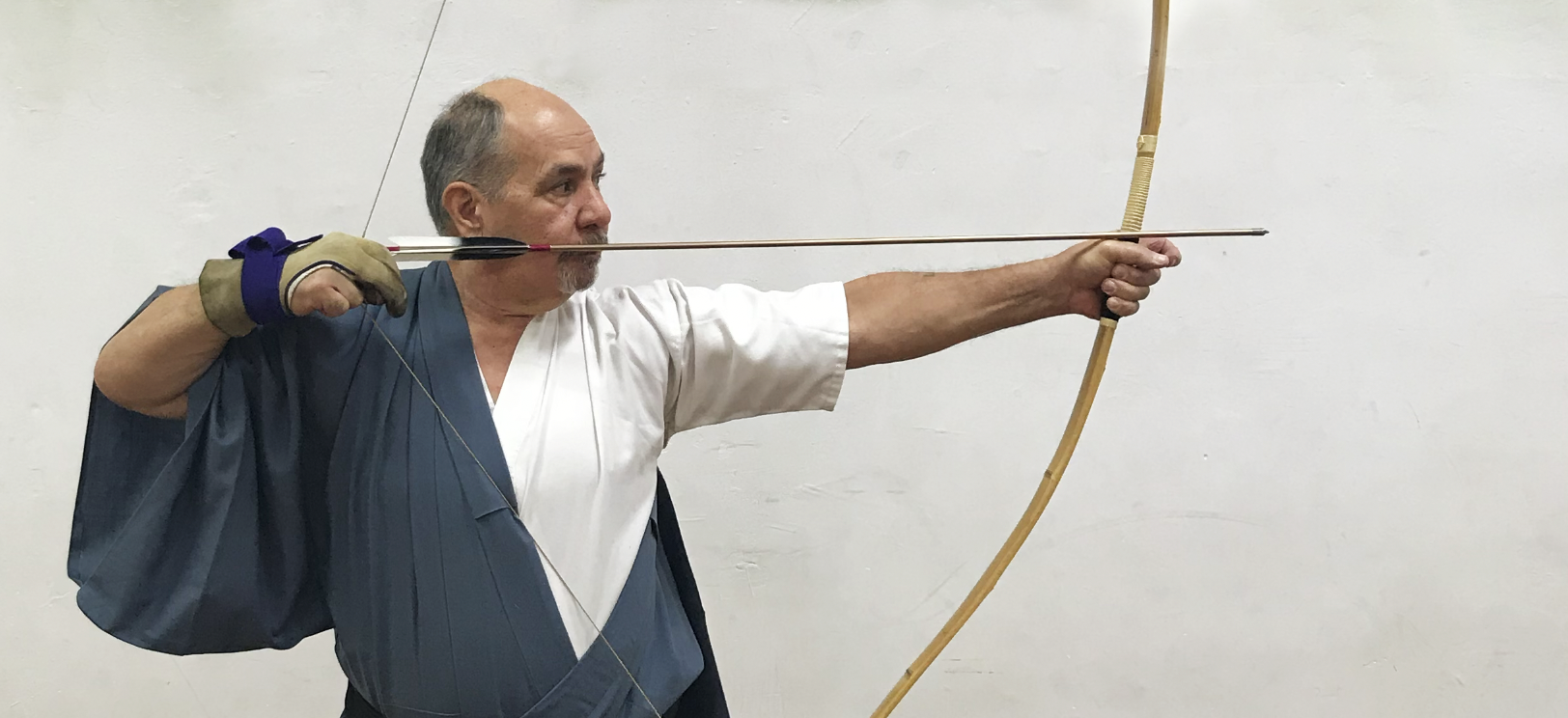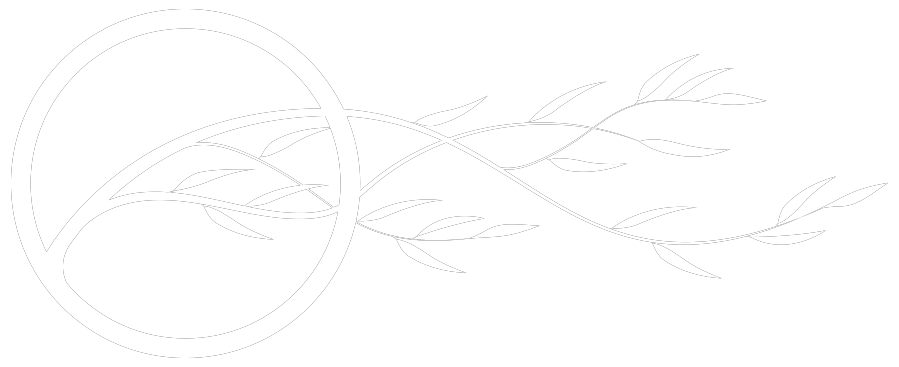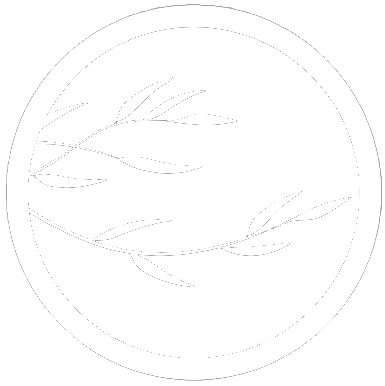
NYBA CURRICULUM
New York Budo Association’s curriculum is been primarily focused upon a specific style of iaido called Ryushin Shouchi Ryu (柳心照智流) since 2006 under the guidance of Soke Kunikazu Yahagi.Our practice includes kata, kumitachi (as well as bogu practice) and tameshigiri (under close supervision). We believe that a combination of these practices gives our students a comprehensive and well rounded understanding of these techniques. The study of these techniques is a life long journey, we are all learning and looking for ways to improve.
We also offer Kyūdō (弓道) is the Japanese martial art of archery which is based on kyūjutsu ("art of archery"), which originated with the samurai class of feudal Japan. This online study group is lead by senior instructor Philip Ortiz who has been practicing Kyudo for the past 38 years under various styles. This group focuses specifically on Heki-ryū Chikurin-ha(竹林派).

We teach a rare style of kenjutsu/iaido called Ryushin Shouchi Ryu directly under Kunikazu Yahagi Sensei in Tokyo.
This is an interview with Yahagi Sensei – current SHUSEKI SHIHAN of Ryushin Shouchi Ryu (Kenjustu/Iaido) – 2017
Ryushin Shouchi Ryu (柳心照智流) is a school of kobudō (ancient martial arts) specializing in iaijutsu (quick-draw sword art). This system originated from traditional Japanese swordsmanship techniques (the origins of the RSR can be traced to back to the style of Tenshin Shōden Katori Shintō-ryū), that have been transmitted over hundreds of years, distilling the wisdom, discipline, and determination of generations of masters. The current SHUSEKI SHIHAN of the RSR is Yahagi Kunikazu Sensei. RSR is dedicated to the practice and preservation of the skills that closely resemble the fighting techniques of the samurai, which fundamentally derive from conscious breathing and body movements that determine the speed and accuracy of sword movements.
The name Ryushin Shouchi Ryu was selected by the founder, Kawabata Terutaka Sensei. Ryūshin (柳心) means “Mind or Heart of the Willow tree” and invokes the image of a tree which does not lose its leaves even in winter; while Shouchi (照智) can be translated as “shining wisdom”. Together, these characters convey the sense of “establishing in the world an unmovable wisdom and everyday mind by means of a strong yet flexible body and spirit.”
Our study of RSR involves the combination and practice of Kata, Kumitachi, and Tameshigiri.
OUR CLASSES
All of our classes always being with a one-hour warm-up using basic exercises specific to Ryushin Shouchi Ryu. We believe that dedicating the first hour of every class to these techniques helps improve our students abilities and understanding of RSR. Each class beings with a REISHIKI (礼式), basic stretching, Kamae (basic stances), Suburi (practicing cutting), as well as Techinotachi (nukiuchi – drawing, cutting, and putting the sword away exercises). After practice we end with bowing out REISHIKI (礼式).
REISHIKI (礼式) – BEGINNING ETIQUETTEBASIC STRETCHINGWARM-UP & FUNDAMENTALS (1ST HOUR OF EVERY CLASS)KAMAE (構え)SUBURI (素振り)TENKU NO TACHI (天空の太刀)
KEIKO (恵子)KATA (謹) – IAIDOKUMITACHI (組太刀:くみたち) – WAZA WITH BOKKENGEKKEN PRACTICE (掛稽古) – FULL CONTACT W/FUKURO SHINAITAMESHIGIRI (試し斬り) – PRACTICE CUTTING
REISHIKI (礼式) – CLOSING ETIQUETTE

KATA
(謹)
Kata (型 or 形 literally: “form”) is a Japanese word describing detailed choreographed patterns of movements practiced either solo or in pairs. Each one is designed to play out a different combat scenario. Kata are used in many traditional Japanese arts such as theater forms like kabuki and schools of tea ceremony (chadō), but are most commonly known for the presence in the martial arts.
In iaido the basic concept is to visualize your imaginary opponents and defeat them.
KUMITACHI
(組太刀:くみたち)
Are paired practice (2 person forms) that allow us to practice the actual sword techniques (Waza) hidden in the kata. Typically these forms are performed using bokutō; however, it is also practiced at high level with habiki or shinken. Kumitachi are therefore a real plus for serious Iaido practitioner since they allow them to visualize and bridge the gap between standalone kata practice and partner interactive forms. Kumitachi allow to deepen and enrich the knowledge of concepts hard to understand while only working with kasso teki (invisible opponent): – Maai (間合い) Distance/Timing – Seme / Ki seme – Zanshin – Metsuke
GEKKEN PRACTICE – 防具練習
This is a full contact practice where we dress in traditional Kendo armor (Men, Kote and Do protection) and use fukuro shinai (bamboo wrapped in white leather). The goal is not to just hit your opponent or score points as in Kendo, but rather it’s an opportunity to test the Ryushin Shouchi Ryu techniques (Kumitachi) in real time.
TAMESHIGIRI
(試し斬り)
Tameshigiri (試し斬り, 試し切り, 試斬, 試切) is the Japanese art of target test cutting. This practice was popularized in the Edo period (17th century) for testing the quality of swords and continues through the present day. This practice is always done under extremely close supervision to ensure safety. The target usually consists of rolled bamboo mats which have been soaked ahead of time. Sometimes we also use pieces of raw bamboo. Our school doesn’t cut “patterns”, instead we cut directly from our kata.
RYUSHIN SHOUCHI RYU KATA LIST
SHODAN WAZA (初段の技)
Suwari Waza
1. Tenchi no Tachi (Mae)
2. Tenchi no Tachi (Migi)
3. Tenchi no Tachi (Hidari)
4. Tenchi no Tachi (Ushiro)
5. Iwakuzushi (Ippon Me)
6. Iwakuzushi (Nihon Me)
7. Iwakuzure
Tachi Kata
1. Inazuma
2. Do Giri
3. Katatekesa Giri
4. Kesagiri kara Do Giri
5. Torabashiri
6. Tate
7. Rentatsu
8. Nukiuchi
NIDAN WAZA (二段の技)
Suwari Waza
1. Kasumi
2. Itomagoi
3. Yariotoshi (Ippon Me)
4. Yariotoshi (Nihon Me)
5. Hiryu (Ippon Me)
6. Hiryu (Nihon Me)
Tachi Kata
1. Morotekesa Giri
2. Torabashiri Chuden
3. Rentatsu Chuden
4. Ukenagashi
5. Kotegiri (1)
6. Ryubi
7. Oiuchi
8. Shiraito
SANDAN WAZA (三段の技)
Tachi Kata
1. Inazuma Chuden
2. Kotegiri Chuden (2)
3. Kotegiri (3)
4. Sakategiri
5. Denkou
6. Sodesurigaeshi
7. Midare Niju Ippon Me
8. Midare Niju Nihon Me
9. Tsubame Gaeshi
10. Kifutsu
11. Konohagakure
YONDAN WAZA (四段の技)
Tachi Kata
1. Rentatsu Okuden
2. Sakategiri Chuden
3. Sakategiri Okuden
4. Denko Chuden
5. Sodesurigaeshi Chuden
6. Ryubi Gaeshi
7. Suigetsu
8. Matsukaze
GODAN WAZA (五段の技)
Suwari Kata
1. Hoou
Tachi Kata
1. Inazuma Okuden
2. Torabashiri Okuden
3. Enren
4. Shinobu
5. Uzumaki
6. Uzushiho
7. Midaremai

KYUDO (弓道)

We practice a specific style of Kyudo (弓道) Zen archery called
Heki-ryu Chikurin-ha (竹林派)
Senior instructor Phil Ortiz has been practicing Kyudo for over the 38 years under various styles including: All Nippon (federation style), Heki-Ryu Chikurin-Ha, and Zen Archery. Our focus is Heki-Ryu Chikurin-Ha Zen Archery under the guidance of Rick Beal Sensei in Pasadena California.



